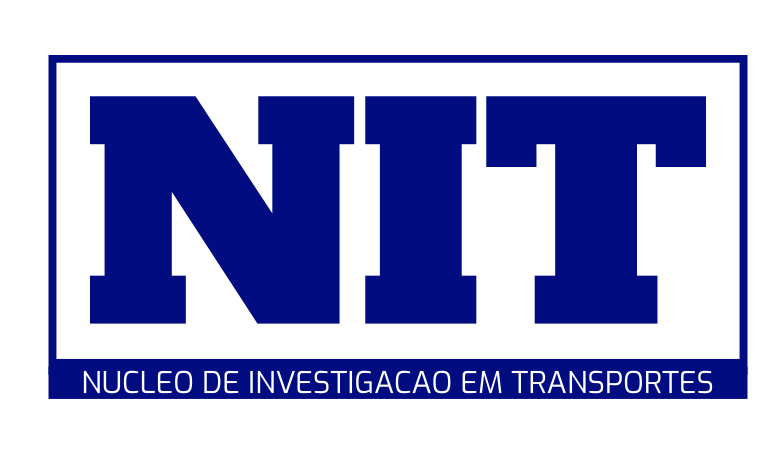[:en]
Airport Infrastructures and Persons with Reduced Mobility
(Conference Proceeding)
| Conference: | ICEUBI 2015 |
| Year: | 2015 |
| Location: | Covilhã, Portugal |
Abstract
The right to accessibility should assist all citizens. Transportation systems, specially air transport, present some obstacles to passengers with reduced mobility, although there is legislation requiring the adaptation of airport infrastructures and aircraft for the safe and comfortable transportation of these passengers. A demographic analysis focusing on the average life expectancy in Europe allowed to establish that due to the increase of the world population and to the aging process, the percentage of people with reduced mobility is expected to increase significantly, becoming a target-population that demands the investment in the air transport accessibility. Although there already are some changes in services and airport facilities, this tendency should be expanded to all the airports. The present study aimed to explore the service needs of passengers with disabilities and identify factors that inhibit them to travel in this type of transport. Therefore, an analysis of various documents regarding these passengers’ experience within the airport was developed to identify the main obstacles that compromise their rights. It was found that the terminals and their points of boarding and deplaning of aircraft are the major obstacles in the land-air interface, as well as the accesses at the airport entrance and to taxis area.
Keywords
Airport Infrastructures and Persons with Reduced Mobility
(Comunicação em Conferência)
| Conferência: | ICEUBI 2015 |
| Ano: | 2015 |
| Localização: | Covilhã, Portugal |
Resumo
The right to accessibility should assist all citizens. Transportation systems, specially air transport, present some obstacles to passengers with reduced mobility, although there is legislation requiring the adaptation of airport infrastructures and aircraft for the safe and comfortable transportation of these passengers. A demographic analysis focusing on the average life expectancy in Europe allowed to establish that due to the increase of the world population and to the aging process, the percentage of people with reduced mobility is expected to increase significantly, becoming a target-population that demands the investment in the air transport accessibility. Although there already are some changes in services and airport facilities, this tendency should be expanded to all the airports. The present study aimed to explore the service needs of passengers with disabilities and identify factors that inhibit them to travel in this type of transport. Therefore, an analysis of various documents regarding these passengers’ experience within the airport was developed to identify the main obstacles that compromise their rights. It was found that the terminals and their points of boarding and deplaning of aircraft are the major obstacles in the land-air interface, as well as the accesses at the airport entrance and to taxis area.
Palavras-chave
Airport Infrastructures and Persons with Reduced Mobility
(Comunicação em Conferência)
| Conferência: | ICEUBI 2015 |
| Ano: | 2015 |
| Localização: | Covilhã, Portugal |
Resumo
The right to accessibility should assist all citizens. Transportation systems, specially air transport, present some obstacles to passengers with reduced mobility, although there is legislation requiring the adaptation of airport infrastructures and aircraft for the safe and comfortable transportation of these passengers. A demographic analysis focusing on the average life expectancy in Europe allowed to establish that due to the increase of the world population and to the aging process, the percentage of people with reduced mobility is expected to increase significantly, becoming a target-population that demands the investment in the air transport accessibility. Although there already are some changes in services and airport facilities, this tendency should be expanded to all the airports. The present study aimed to explore the service needs of passengers with disabilities and identify factors that inhibit them to travel in this type of transport. Therefore, an analysis of various documents regarding these passengers’ experience within the airport was developed to identify the main obstacles that compromise their rights. It was found that the terminals and their points of boarding and deplaning of aircraft are the major obstacles in the land-air interface, as well as the accesses at the airport entrance and to taxis area.



